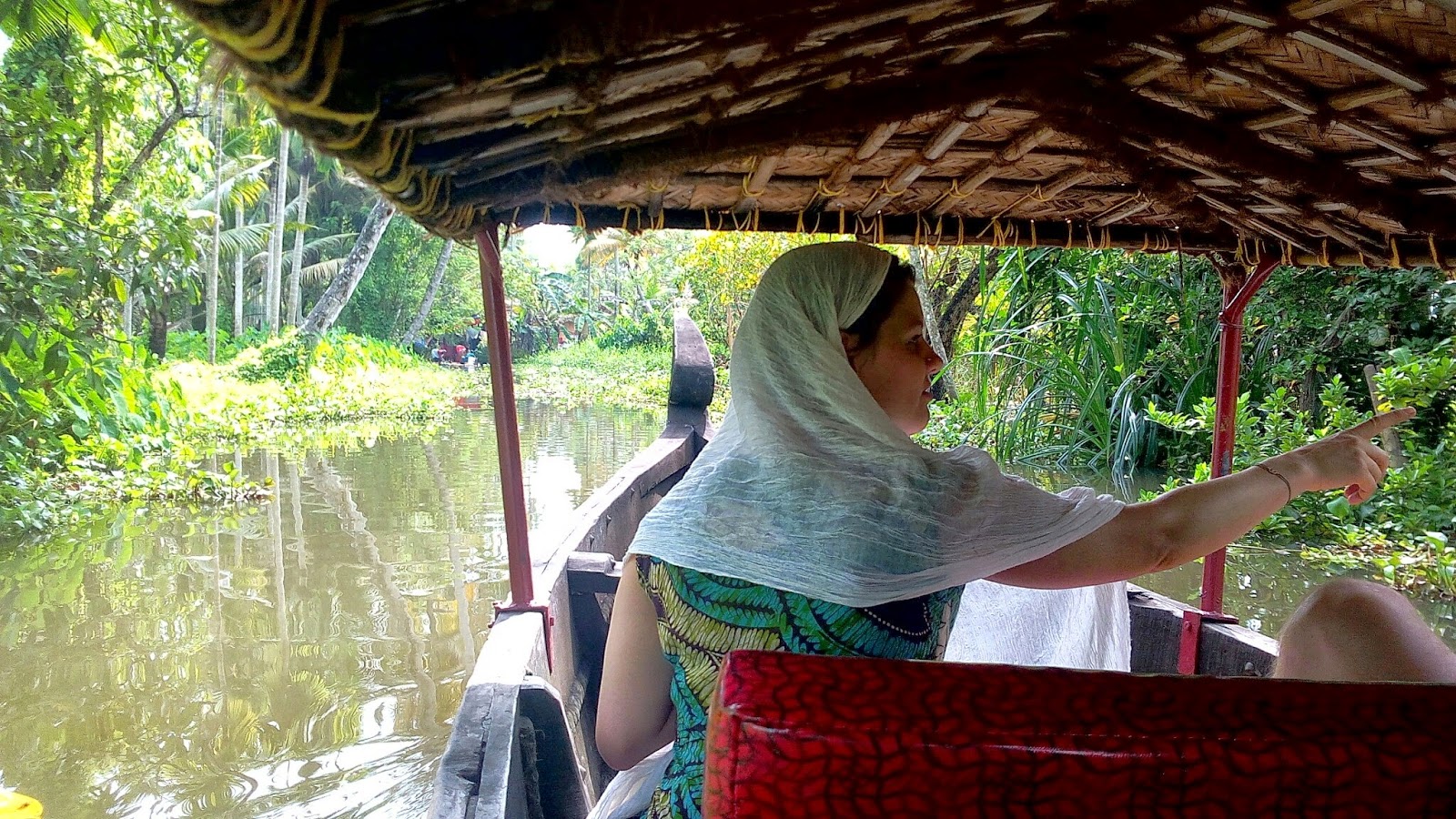I've been back in Canada for 6 weeks. In retrospect, my trip feels like the greatest thing I've done in a long time, and the least important thing in my world. It was great because I saw, tasted, felt and experienced so many fascinating and wonderful people, places and things, most of which I couldn't have possibly predicted. It was discovery, learning and adventure at their finest, and I felt truly alive. I should just stick with this view! But it also feels 'meaningless' because the world I returned to hasn't changed because of it, and my experiences have possibly pulled me even farther away from mainstream life (9-to-5 employment, Western social expectations, routine goal-oriented activities) and this gap doesn't make me happy.
 |
| Friendly in-laws of family I stayed with in Vetralla on my return, 2-week stopover in Italy. |
 |
| Me and Reggiaro. Succulent, olive-oil-dripped secondi followed by roasted chestnuts, all with fine Italian vino of course. |
 |
| The Pantheon, Rome, with a most amazing dome structure rebuilt by inspirational Emperor Hadrian. |
What I'd like to think is that I can build from here, to seek a) a partner to share my life with (and any potential next trip), because I think that would be even more gratifying, and b) find more meaningful, inspiring work (my trip reinforced that there are much more important things to me than income, and helping companies make money). So I guess what I'm saying is, it's done. The trip is over. Yes I will cherish and draw from it for the rest of my life (as I have with my trip through Africa at 24), but that it's finished, and I have no choice but to focus on the present and what comes next, as we all do. I can't 'rest on the laurels' of traveling, nobody's listening John, you are what you are today, not then.
 |
| Vineyard where you refill your bottles from selection of wines costing for about $1,50 per litre. Oh, I came back here a few times. |
 |
| Trying to look Italian, in the land where they make Prosecco, and have clear carafes of it on restaurant tables like water. |
 |
| Finally made it to Venice! |
For what it's worth, I encourage anyone reading this to also leap when you have the chance. I believe whole-heartily that when you're old and grey, you're more likely to regret not having traveled or taken a chance (in life, in love), than to have played it safe and been 'efficient' (in work, in living). Relish experiences and people, not things and acquisition: you will be 'richer', not poorer.
 |
| La Piazza San Marco. |
Finally, I would like to finish by expressing gratitude for the opportunity I had to do this trip. In no small way, I able to thanks in part to the support of my family & friends (you) who encouraged me and cared as I blogged about my travels. Your support is meaningful to me. As much 'work' as it was to maintain, I really enjoyed sharing with you through this blog. Maybe that's a contradiction (to say no one is listening and also thank you for listening), but the trip confirms for me, among other things, that there are no absolutes (standards) in the world, that value is relative, and that I am comfortable - even MOST comfortable - having conflicting, human emotions which together, keep me inspired and growing and interesting and moving forward. And you know what? This makes me happy!
Namaste,
John
 |
| Idle, wintertime gondolas, waiting for someone to give them purpose. |


















































